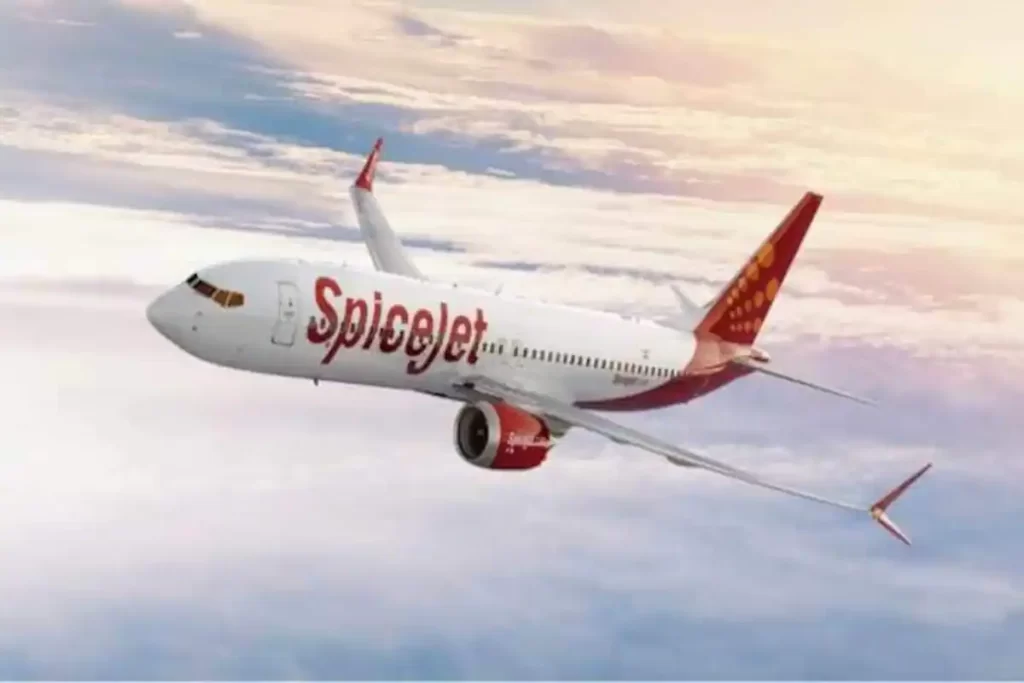The Directorate General of Civil Aviation (DGCA) on Monday released a press report concerning the smoke-in cabin incident of a SpiceJet plane that was returning from Goa to Hyderabad.
SpiceJet
The civil aviation regulatory board has issued several measures that commercial airlines have been directed to undertake. It is to be noted that SpiceJet has been facing operational and financial headwinds in current times, and it is already under enhanced surveillance by the Directorate General of Civil Aviation (DGCA).

The regulator had also directed the airline to operate only 50 percent of its total flights till 29 October.
Advertisement
“Spicejet aircraft VT-SQB was involved in an incident of ‘smoke in cabin’ during descent necessitating an emergency landing at Hyderabad. The passengers were safely evacuated with the assistance of cabin crew and airport staff,” the Directorate General of Civil Aviation(DGCA) report stated.
Also, read
- Six flights from the middle-east bound for the Kozhikode Airport diverted to Kochi | Exclusive
- Boeing does not expect the FAA to approve the Max 10 before summer 2023
- Delta Airline passenger throws a bottle at another passenger | EXCLUSIVE
Directorate General of Civil Aviation
The flight had landed safely and passengers disembarked through the emergency exit. One passenger sustained minor scratches on the feet while disembarking from the aircraft, a Directorate General of Civil Aviation(DGCA) official stated on Wednesday.
A Hyderabad airport official stated there were 86 passengers onboard the Q400 aircraft VT-SQB and that due to the emergency landing, as many as nine flights were diverted on Wednesday night after the incident at approximately 11 pm.
SpiceJet was directed to take the following actions immediately on the whole Q400 fleet consisting of 14 operational aircraft (28 PW150A engines):-Engine Oil Samples are to be taken and sent to Pratt & Whitney Canada for PW150A OIL ANALYSIS TECHNOLOGY to ascertain the presence of metal and carbon seal particles. -Inspection of bleed-off valve screen and housing for evidence of oil wetness.
Further Spicejet was directed that no engine shall be sent to Standard Aero- Singapore till the investigation is completed. Engine Oil Samples are to be periodically drawn every 15 days instead of presently 30 days and sent to Pratt & Whitney Canada for PW150A OIL ANALYSIS TECHNOLOGY to ascertain the presence of metal and carbon seal particles.-
Time Boroscopic inspection of all operational engines within one week and completion of the boroscopic inspection on three engines, which have been received from Standard Aero, Singapore by tonight. To introduce inspection of bleed-off valve screen and housing for evidence of oil wetness during every weekly check.

-Immediate inspection of Magnetic Chip Detectors (MCD) for the presence of any metal particles on reporting of fault 938 in the Central Display system which otherwise is a class 2 fault and calls for inspection within the next 65 flight hours.
“In case of detection of any metal particles, boroscopes inspection of the engine shall be carried out before the release of aircraft.” the directive said.
Thank you
